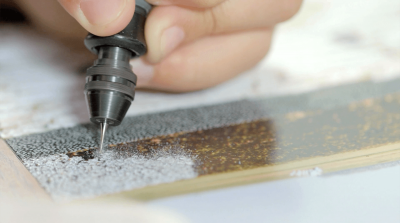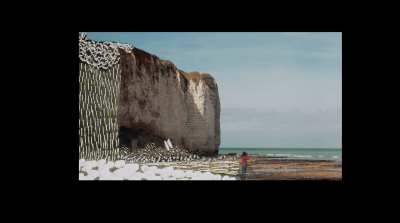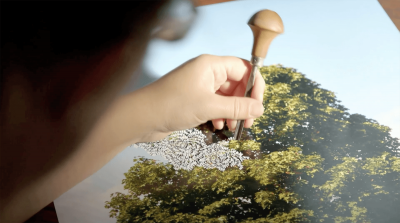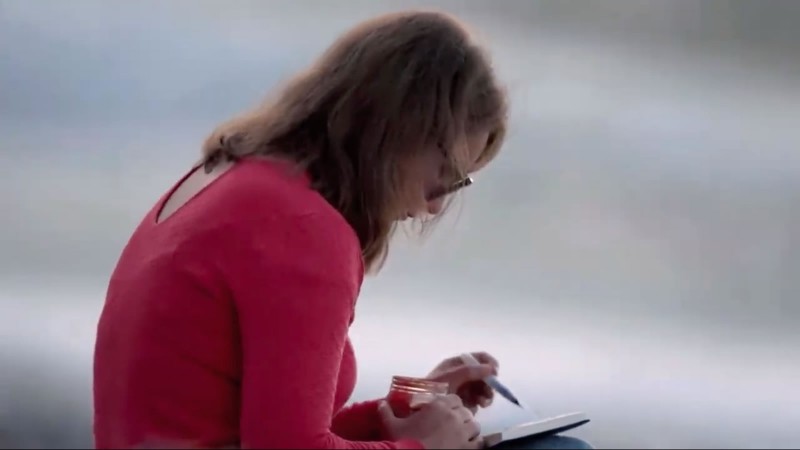Raphaëlle Peria travels through France and across the world in search of trees and horizons to photograph.
About
SynopsisRaphaëlle Peria travels through France and across the world in search of trees and horizons to photograph.Using engraving tools (chisel, burin, drill) she incises, scrapes, triturates her prints to escape from the memory image and blur the reality of the landscape photographed. The asceticism of this meticulous work, between appeasement and escape, produces post-photographic works that reveal her transcended memory.
The artist
Raphaëlle PERIA was born in 1989 in Amiens.
Visual artist, she lives and works in Paris.
She is represented by the gallery Papillon, Paris
Raphaëlle PERIA was born in 1989 in Amiens.
Visual artist, she lives and works in Paris.
She is represented by the gallery Papillon, Paris
Technical data
| Director | Brigitte Barbier |
| Cinematographers | Brigitte Barbier Etienne Semelet |
| Editor | Matthieu Lambourion |
| Music composer | David Kpossou |
| Duration | 06:58 |






